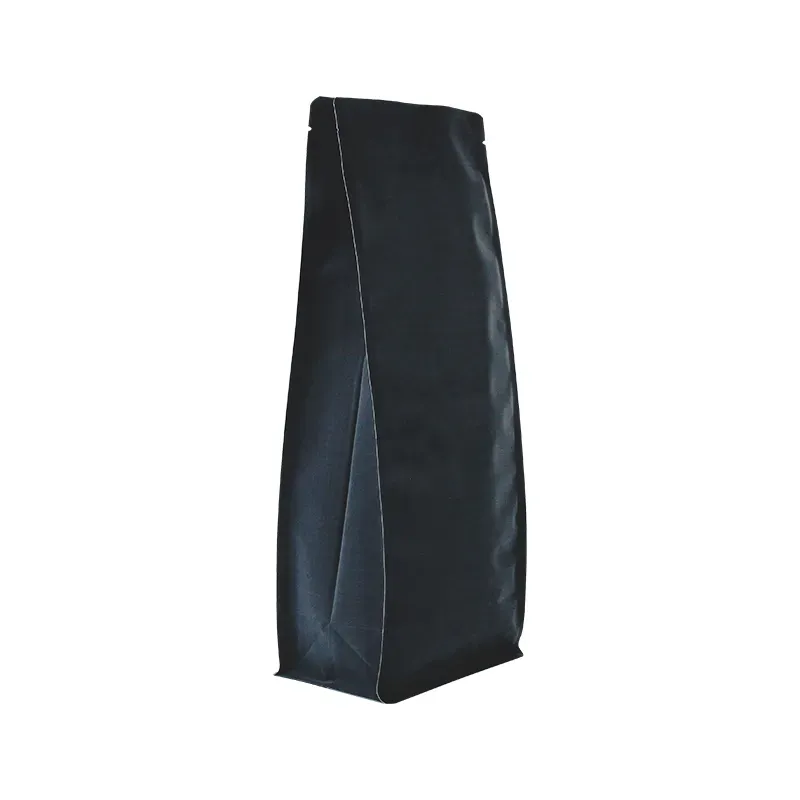- Afrikaans
- Albanian
- Amharic
- Arabic
- Armenian
- Azerbaijani
- Basque
- Belarusian
- Bengali
- Bosnian
- Bulgarian
- Catalan
- Cebuano
- chinese_simplified
- chinese_traditional
- Corsican
- Croatian
- Czech
- Danish
- Dutch
- English
- Esperanto
- Estonian
- Finnish
- French
- Frisian
- Galician
- Georgian
- German
- Greek
- Gujarati
- haitian_creole
- hausa
- hawaiian
- Hebrew
- Hindi
- Miao
- Hungarian
- Icelandic
- igbo
- Indonesian
- irish
- Italian
- Japanese
- Javanese
- Kannada
- kazakh
- Khmer
- Rwandese
- Korean
- Kurdish
- Kyrgyz
- Lao
- Latin
- Latvian
- Lithuanian
- Luxembourgish
- Macedonian
- Malgashi
- Malay
- Malayalam
- Maltese
- Maori
- Marathi
- Mongolian
- Myanmar
- Nepali
- Norwegian
- Norwegian
- Occitan
- Pashto
- Persian
- Polish
- Portuguese
- Punjabi
- Romanian
- Russian
- Samoan
- scottish-gaelic
- Serbian
- Sesotho
- Shona
- Sindhi
- Sinhala
- Slovak
- Slovenian
- Somali
- Spanish
- Sundanese
- Swahili
- Swedish
- Tagalog
- Tajik
- Tamil
- Tatar
- Telugu
- Thai
- Turkish
- Turkmen
- Ukrainian
- Urdu
- Uighur
- Uzbek
- Vietnamese
- Welsh
- Bantu
- Yiddish
- Yoruba
- Zulu
pantone pms color guide
Understanding the Pantone PMS Color Guide A World of Color Solutions
In the realm of design, color is not merely an aesthetic choice; it deeply influences perception, emotion, and branding. One of the most universally recognized systems for color identification and reproduction is the Pantone Matching System (PMS). Developed by the Pantone Inc. in the 1960s, this color guide has become an essential tool for designers, printers, and marketers alike. In this article, we will delve into the significance of the Pantone PMS Color Guide, its applications, and how it can enhance creative projects.
The Origins of Pantone
The story of Pantone began with Lawrence Herbert, who bought a small company in 1962 and transformed it into a color authority. Pantone introduced the PMS to standardize color reproduction, providing a numerical system that ensures colors appear the same regardless of where and how they are printed. With the ever-growing variety of materials and surfaces used in design, Pantone's logical approach to categorizing colors proved invaluable to industries ranging from fashion to interior design.
Color Consistency Across Industries
One of the key advantages of the PMS is its ability to ensure color consistency across different media and materials. For designers, this means they can specify a Pantone color for their graphic design projects knowing that it will be accurately reproduced in print, on fabric, or in digital formats. For companies, consistent color branding is crucial. Consumers often associate specific colors with companies; for example, the distinctive red of Coca-Cola or the vibrant blue of Facebook. By utilizing the Pantone system, businesses can maintain their brand identity effectively.
Choosing the Right Colors with Pantone
The Pantone Color Guide comprises thousands of colors, each assigned a unique code or number. This vast selection allows designers to explore and choose colors that convey specific emotions and messages. For example, soft pastels may evoke feelings of calmness and serenity, while bright, bold colors can create excitement and energy. The application of color psychology is vital in marketing and advertising, where the right choice of color can significantly affect consumer behavior.
pantone pms color guide

With the seasonal releases of new colors and palettes, such as the highly anticipated Pantone Color of the Year, designers are provided with inspiring trends and ideas that can enhance their work. Incorporating these trending colors can also ensure that projects remain relevant and aligned with current market demands.
Applications Beyond Design
While the primary users of the Pantone PMS Color Guide are graphic designers and printing professionals, its applications extend to various fields. In fashion, designers refer to Pantone colors to create cohesive collections. In interior design, consultation with the color guide helps in selecting paint, furniture, and decorative elements that harmonize beautifully. Even industries like automotive, technology, and product design use Pantone colors to ensure consistency and appeal.
Sustainability and Innovation in Color
In recent years, Pantone has also embraced sustainability. With an increasing focus on eco-friendly practices, Pantone has begun to introduce sustainable choices into its color palette. This includes colors derived from natural resources and dyes that pose minimal environmental impact. As consumers become more environmentally conscious, brands that utilize Pantone's sustainable options can enhance their reputation and appeal.
Conclusion Harnessing the Power of Color
In an increasingly visual world, the significance of color cannot be understated. The Pantone PMS Color Guide is a powerful tool that provides designers and brands with a reliable way to communicate and reproduce color. From ensuring brand consistency to influencing consumer emotions and trends, Pantone plays a pivotal role in the creative process.
Whether you're a seasoned designer or a business owner looking to refine your brand identity, understanding and utilizing the Pantone PMS Color Guide can unlock numerous possibilities in your projects. As the use of color continues to evolve, embracing the richness and vibrancy offered by Pantone can help convey messages more effectively and create lasting impressions. Thus, the next time you embark on a design journey, consider the Pantone Color Guide as your indispensable companion in navigating the vibrant world of color.













